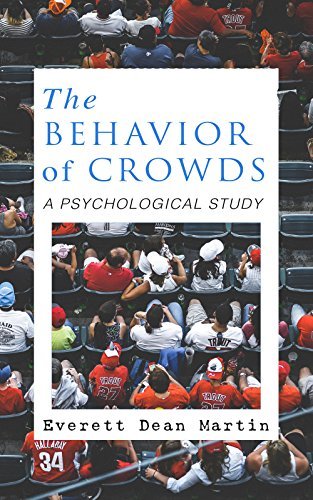What do you think?
Rate this book


259 pages, Kindle Edition
First published January 1, 1920
🔹Our society is becoming a veritable babel of gibbering crowds. Not only are mob outbreaks and riots increasing in number, but every interest, patriotic, religious, ethical, political, economic, easily degenerates into a confusion of propagandist tongues, into extravagant partisanship, and intemperance.
🔸. . . first, that the crowd is essentially a psychological phenomenon, people behaving differently in a crowd from the way they behave when isolated; and second, that the unconscious has something to do with crowd-thinking and acting.